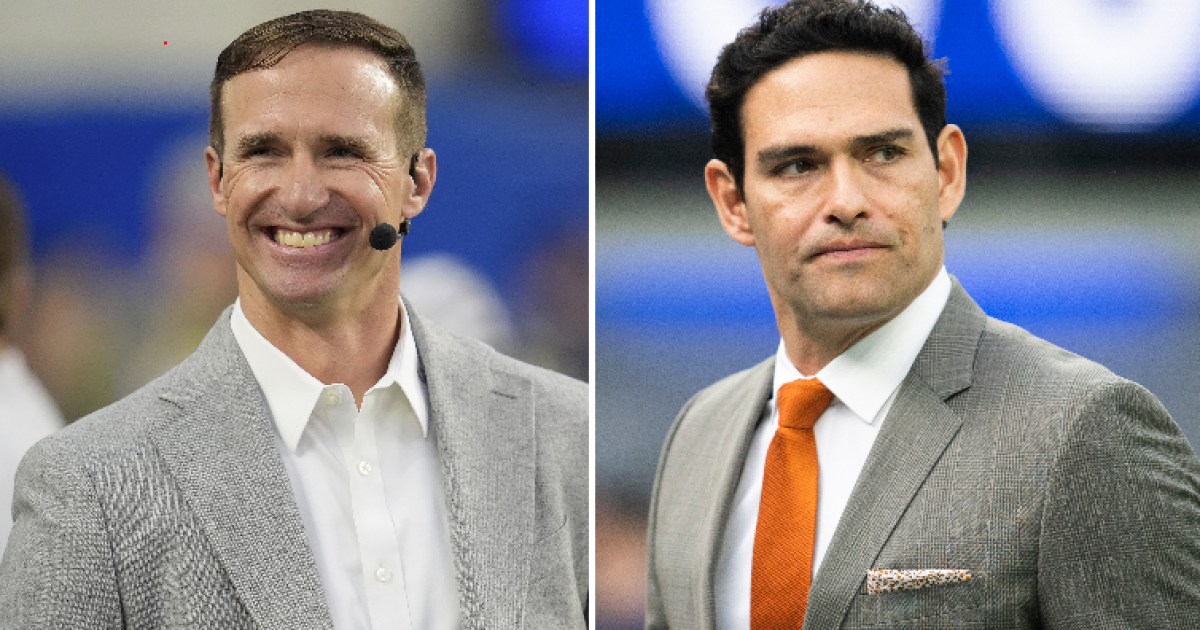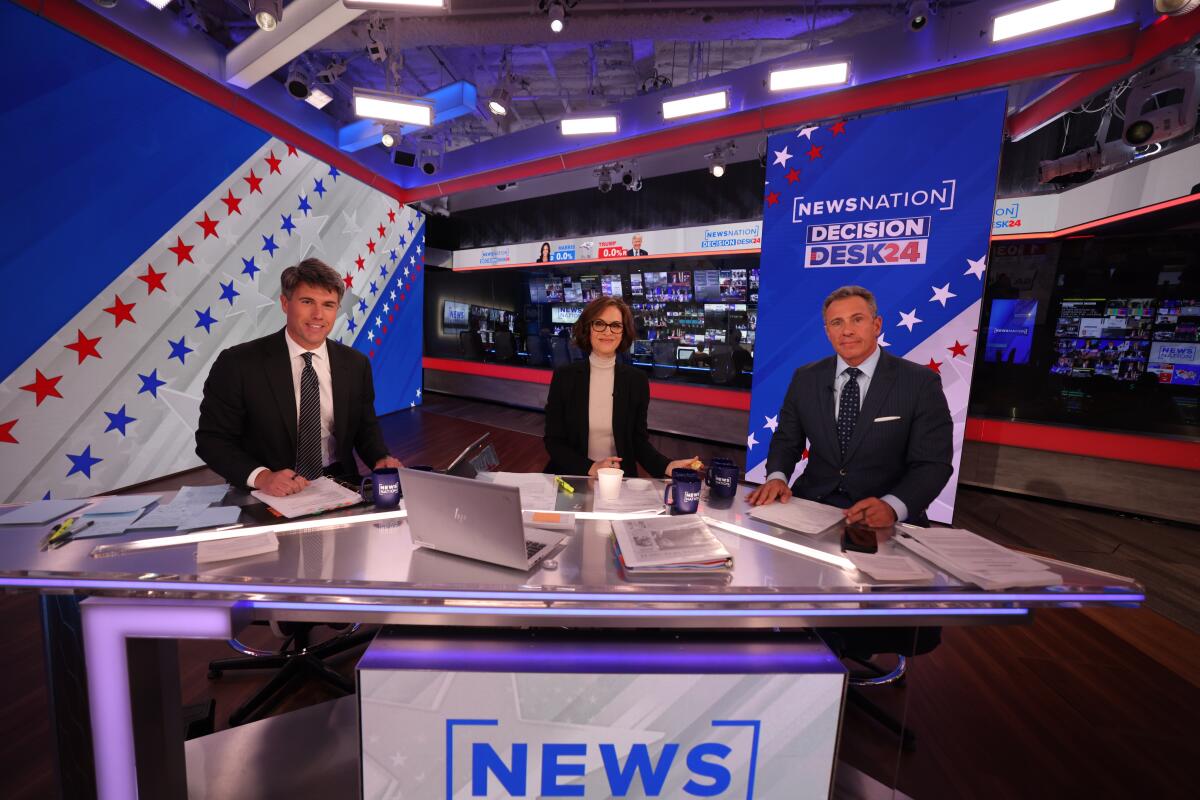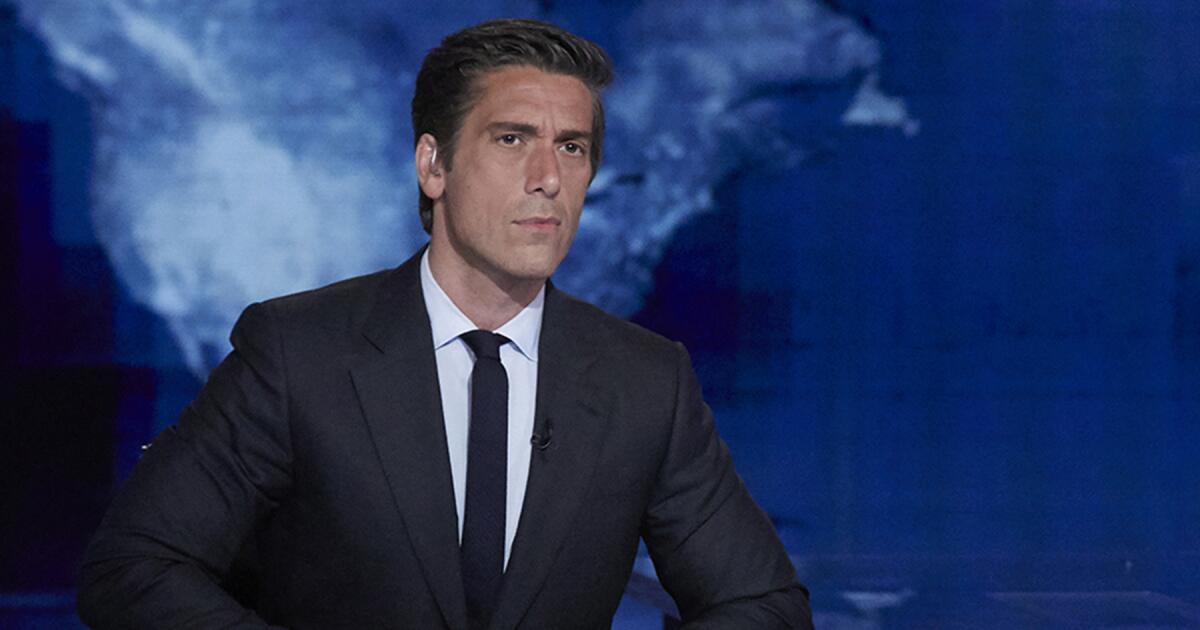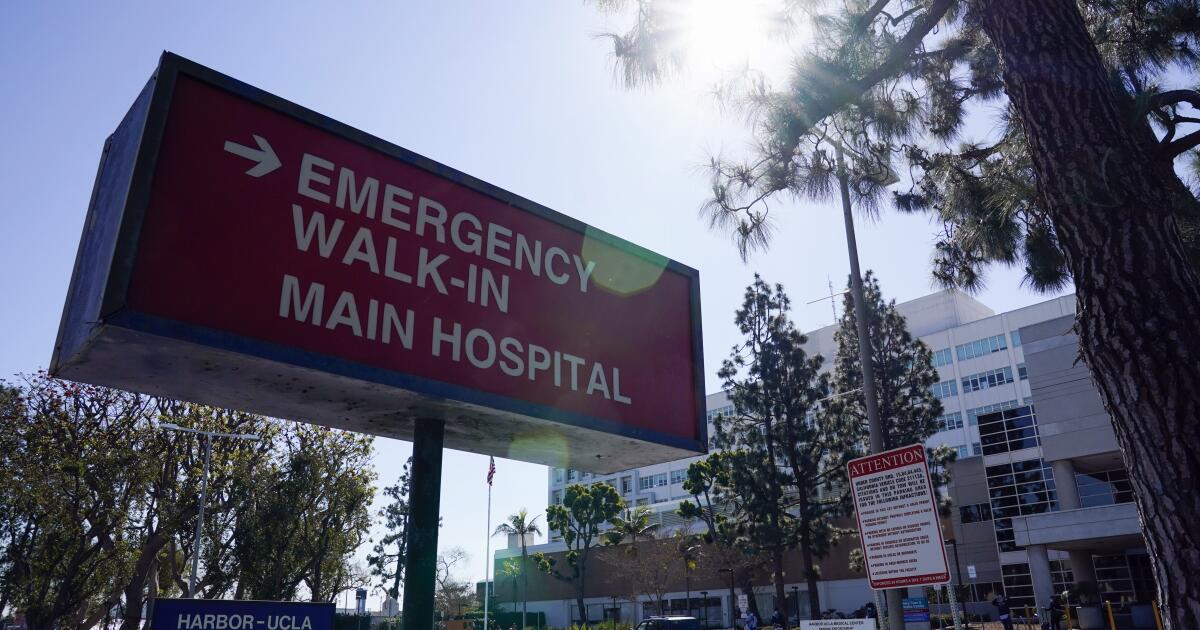SACRAMENTO — Though raging thousands of miles to the east, the entrenched stalemate in Washington over federal spending and the ensuing government shutdown has thrust California’s expansive healthcare policies into the center of the pitched, partisan debate.
The Trump administration and the Republican leaders in Congress continue to use California, and the benefits the state has extended to eligible immigrants regardless of their legal status, as a cudgel against Democrats trying to extend federal subsidies for taxpayer-funded healthcare coverage.
President Trump claimed recently that Democrats “want to have illegal aliens come into our country and get massive healthcare at the cost to everybody else.” Democrats called Trump’s assertion an absolute lie, accusing Republicans of wanting to slash federal healthcare benefits to Americans in need to pay for tax breaks for the wealthy.
“California has led the nation in expanding access to affordable healthcare, but Donald Trump is ripping it away,” California Gov. Gavin Newsom said.
In return for their votes to reopen the government, Democratic leaders in Congress want to reverse Medicaid cuts made in Republicans’ tax and spending bill passed this summer and continue subsidies through the Affordable Care Act, a program long targeted by Republicans. The subsidies, which come in the form of a tax credit, help lower health insurance costs for millions of Americans.
Can immigrants in the country illegally enroll in federal healthcare programs?
No. Undocumented immigrants are ineligible for Medicaid, Children’s Health Insurance Program or Medicare, or coverage through the Affordable Care Act, according to KFF, an independent health research organization.
Rep. Kevin Mullin (D-South San Francisco) held a virtual town hall last week in which he highlighted the “misinformation” about immigrants and healthcare.
“I just want to be completely clear that federal funding does not pay for health insurance for undocumented immigrants, period,” Mullin said.
Jessica Altman, executive director of Covered California, said the debate is really over “who can benefit from the federal dollars that are flowing to all states, including California,” to help lower costs for health insurance.
Covered California serves as a marketplace exchange for state residents seeking healthcare insurance under the Affordable Care Act, widely known as Obamacare, allowing them to select from name-brand insurance providers and choose from a variety of coverage plans. The vast majority of Californians receive federal subsidies to lower their premiums, including many middle-income families who had become eligible when Congress expanded the financial assistance in 2021.
Those expanded subsidies will expire at the end of the year, and Democrats are demanding that they be extended as part of any deal to reopen the government before they vote in favor of what is known as a continuing resolution, or a temporary funding bill to keep the federal government running.
“From the very beginning, undocumented or illegal — whatever terminology you want to use — individuals were never eligible for those tax credits, never eligible for those cost-sharing reductions, and in fact, and not even eligible to come onto a marketplace and buy coverage if they paid the full costs,” Altman said.
California does offer state healthcare coverage for undocumented immigrants
Through Medi-Cal, the state’s version of the federal Medicaid program, some medical coverage is offered, regardless of immigration status. The majority of that money comes from the state.
H.D. Palmer, deputy director for external affairs at the California Department of Finance, said the cost to provide Medi-Cal to undocumented immigrants in the current fiscal year is just over $12.5 billion.
State money accounts for $11.2 billion and the remaining difference is reimbursed with federal funding because it’s used to cover emergency services, Palmer explained.
“Under current law, hospitals that receive Medicaid are required to provide emergency care, including labor and delivery, to individuals regardless of their citizenship status,” he said. “That goes back to a budget law that was approved by Congress in 1986 and signed by President Ronald Reagan.”
The 1986 law is called the Emergency Medical Treatment and Active Labor Act, and allows for emergency healthcare for all persons.
Some Republicans have raised other concerns about the state’s use of managed care organization taxes.
The MCO tax is a federally allowable Medicaid funding mechanism that imposes a tax on health insurance providers that charge fixed monthly payments for services and is based on the number of people enrolled in plans each month. The revenue from the tax can then be used to support Medicaid expenditures with federal matching funds.
Critics say California exploits a so-called loophole: By increasing the MCO tax, and subsequently bringing in more matching federal funds, California can then put more of its own state money toward healthcare for undocumented immigrants.
“We are bringing in all those additional federal dollars and then reallocating other money away so that we can provide about $9.6 billion for Medi-Cal for undocumented and illegal immigrants,” said Assemblymember David J. Tangipa (R-Fresno). “The MCO tax was never supposed to be weaponized in that process.”
White House officials also contend that California could not afford to put resources toward benefits for undocumented immigrants if it had not received the extra federal money — a claim Newsom disputes.
“What the president is saying, he’s lying,” Newsom said at a recent event. “Speaker [Mike] Johnson’s lying. They’re lying to the American people. It’s shameful. … I guess they’re trying to connect their displeasure with what California and many other states do with state resources in this space, and that is a very separate conversation.”
California is not alone in offering such healthcare to immigrants in the country illegally
A “small but growing” number of states offer state-funded coverage to certain groups of low-income people regardless of immigration status, according to KFF.
California became the first state in the nation last year to offer healthcare to all low-income undocumented immigrants, an expansion spearheaded by Newsom.
Newsom has since partially walked back that policy after the costs exceeded expectations. Starting in January, most adult Medi-Cal applications will be blocked — although current enrollees can continue to renew — and some adults will be required to pay monthly premiums. Undocumented minors under age 19, who became eligible for Medi-Cal nearly a decade ago, will not be affected by the changes.
The upcoming changes to the state’s policies and the enrollment freeze will help decrease the overall costs, which are projected to fall to about $10.1 billion during the next fiscal year, according to the California Department of Finance.
While the governor’s shift angered his most progressive allies and renewed speculation that he is tacking to the political middle ahead of his expected run for president in 2028, the Democratic-led Legislature approved the Medi-Cal eligibility changes in June.
Public opinion on the issue may also be changing.
Fifty-eight percent of adults in California were opposed to providing healthcare for undocumented immigrants, according to a poll released in June from the nonpartisan Public Policy Institute of California. This was a notable shift, as previous surveys from the institute conducted between 2015 to 2023 showed the majority approved.
Who would lose coverage if the tax credits end and Medicaid cuts aren’t reversed?
Trump’s One Big Beautiful Bill Act, passed by Republicans this summer, ends healthcare subsidies that were extended during the pandemic and makes other cuts to programs. According to the White House, the bill “contains the most important America First healthcare reforms ever enacted.”
“The policies represent a comprehensive effort to address waste, fraud, and abuse to strengthen the healthcare system for the most vulnerable Americans, ensuring that taxpayer dollars are focused on American citizens and do not subsidize healthcare for illegal immigrants,” the White House said in a statement on Oct. 1.
Among other things, the law limits Medicare and other program eligibility to certain groups, including green card holders, effective July 2025. Other lawfully present immigrants, including refugees and asylees, are no longer eligible, according to KFF.
It’s estimated that the eligibility restrictions will result in about 1.4 million lawfully present immigrants becoming uninsured, reduce federal spending by about $131 billion and increase federal revenue by $4.8 billion as of 2034, according to the Congressional Budget Office.
At the same time, a broader group of lawfully present immigrants, including refugees, will lose access to subsidized coverage through the ACA marketplace by January 2027.
Covered California’s Altman estimated that there are about 119,000 immigrants in California who are covered and would lose eligibility for financial assistance.
More broadly, Altman and other healthcare experts predict that healthcare premiums will skyrocket if the ACA tax credits expire.









